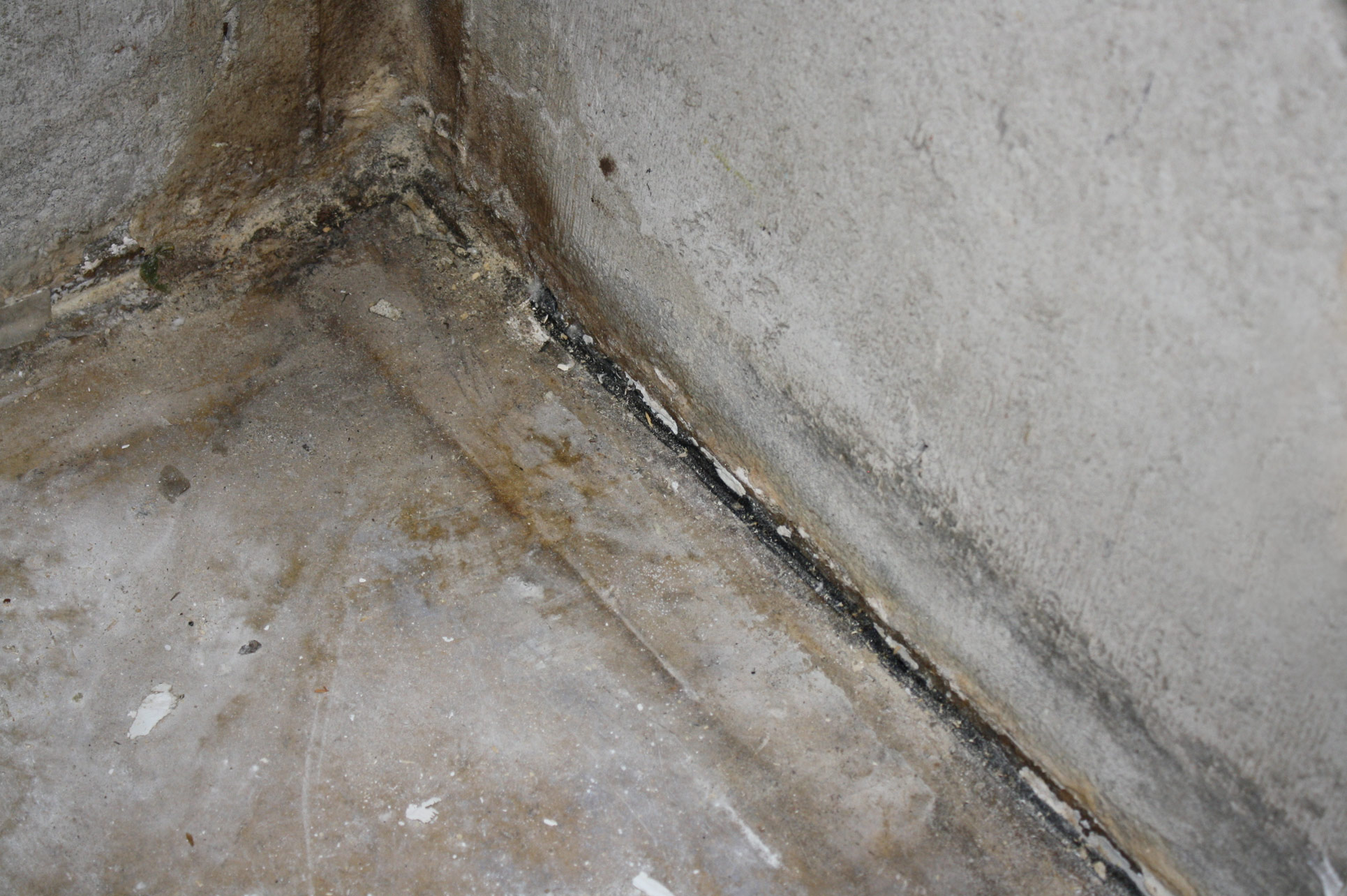The Residential Common Common Triggers of Leakage: Thorough Investigation
The Residential Common Common Triggers of Leakage: Thorough Investigation
Blog Article
They are making a few great points on the subject of How Fast Water Damage Can Ruin Your Home in general in this content followed below.

Leakages not just cause waste of water however can additionally create unnecessary damage to your house as well as advertise undesirable natural development. By looking and comprehending for daily circumstances that trigger leaks, you can secure your house from future leaks and unnecessary damage.
Encroaching origins
The majority of water leakages begin outside your home instead of inside it. If you notice a sudden decline in water stress, say in your tap, take time to go out and examine your yard. You might discover wet patches or sinkholes in your yard, and that could suggest that tree origins are attacking water lines creating water to leak out. You can have your plumber check for invasion, especially if you have trees or shrubs near your home.
Rusty water supply
This could be the cause of discoloration or bending on your water pipes. If our plumbing system is old, take into consideration changing the pipelines since they are at a higher risk of corrosion than the newer models.
Defective Pipe Joints
The point at which your pipelines attach is regularly the weakest web link in the waterline. Pipeline joints can degrade gradually, leading to water leaks. Unfortunately, most of pipeline joints are not quickly visible. If you have noisy pipes that make ticking or banging noises, particularly when the warm water is activated, your pipe joints are probably under a great deal of pressure. It is a good idea to have your plumber evaluate your system annually.
Immediate temperature changes.
Severe temperature changes in our pipelines can trigger them to expand as well as contract all of a sudden. This growth and tightening may trigger cracks in the pipes, specifically if the temperature are below freezing. If you kept an eye on how your plumbing works, it would be best. The presence of the previously mentioned situations frequently indicates a high risk.
Poor Water Connectors
Sometimes, a leakage can be caused by loosened hose pipes and also pipelines that supply your devices. Most of the time, moving is what triggers the loosened water Links. You may find when it comes to a washing machine, a tube might spring a leakage due to shaking throughout the spin cycle. In case of a water connections leakage, you may notice water running straight from the supply line or puddles around your appliances.
Clogged Drains
Obstructed drains could be annoying as well as inconveniencing, yet they can in some cases wind up creating an overflow bring about break pipelines. Maintain getting rid of any type of materials that may drop your drains pipes that can clog them to prevent such troubles.
All the above are causes of leakages but not all water leakages arise from plumbing leakages; some leakages could come from roofing system leakages. All leakages ought to be fixed immediately to prevent water damages.
Leakages not only trigger waste of water however can likewise cause unneeded damages to your house and also advertise undesirable natural growth. By recognizing and also looking for daily situations that create leakages, you can protect your home from future leaks as well as unnecessary damage. Today, we will look at six leak triggers that may be causing your pipes to drip.
At times, a leak can be caused by loosened hoses as well as pipelines that provide your appliances. In situation of a water links leakage, you might notice water running directly from the supply line or pools around your devices.
How To Check For Water Leak In Your Home
How To Check for Leaks
The average household's leaks can account for nearly 10,000 gallons of water wasted every year and ten percent of homes have leaks that waste 90 gallons or more per day. Common types of leaks found in the home are worn toilet flappers, dripping faucets, and other leaking valves. These types of leaks are often easy to fix, requiring only a few tools and hardware that can pay for themselves in water savings. Fixing easily corrected household water leaks can save homeowners about 10 percent on their water bills.
To check for leaks in your home, you first need to determine whether you're wasting water and then identify the source of the leak. Here are some tips for finding leaks:
Take a look at your water usage during a colder month, such as January or February. If a family of four exceeds 12,000 gallons per month, there are serious leaks.
Check your water meter before and after a two-hour period when no water is being used. If the meter changes at all, you probably have a leak.
Identify toilet leaks by placing a drop of food coloring in the toilet tank. If any color shows up in the bowl after 10 minutes, you have a leak. (Be sure to flush immediately after the experiment to avoid staining the tank.)
Examine faucet gaskets and pipe fittings for any water on the outside of the pipe to check for surface leaks.
Undetected water leaks can happen without the home or business owner even realizing. If you suspect a water leak, but not able to find the source. It is time to contact a professional water leak detection service, The Leak Doctor.
How To Find a Water Leak In Your Home
https://www.leakdoctor.com/blog/How-To-Check-For-Water-Leak-In-Your-Home_AE197.html

We had been made aware of that report on How to detect water leaks in your home from an acquaintance on another blog. Do you know about another individual who is occupied with the niche? Be sure promote it. I cherish reading our article about How to detect water leaks in your home.
For best results, ring! Report this page